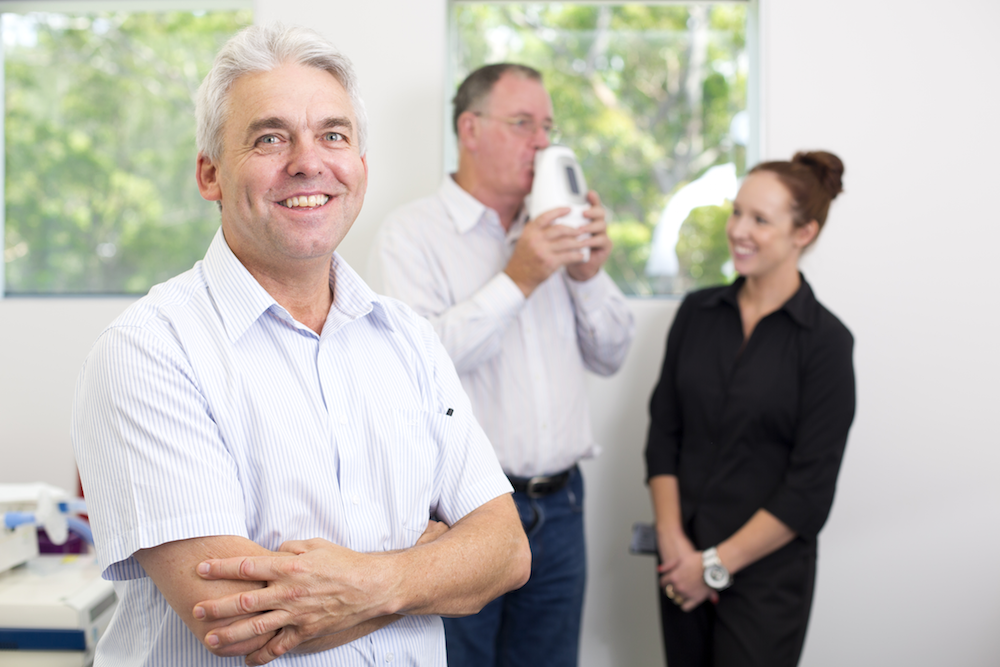Establishing a Severe Asthma Clinic
Systematic and organised care for people with severe asthma leads to improved outcomes. An organised model of care facilitates multidisciplinary and multidimensional assessment and management. Specialised asthma centres are an effective way to deliver this care, particularly in an environment of limited resources.
Dedicated centres provide a venue for the confirmation of a severe asthma diagnosis (McDonald et al. 2022, McDonald et al. 2011, van der Meer et al. 2016). They provide a setting to optimise self-management and treatment and to assess and treat triggers and comorbidities.
Multidimensional assessment of severe asthma leads to improved quality of life, improved asthma control and reduced exacerbations (Clark et al. 2017). Specialist centres provide access to add-on treatments, including trials of novel therapies. The severe asthma clinic also provides important opportunities for clinical training and research (McDonald et al. 2011).

